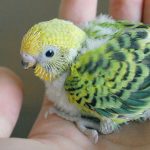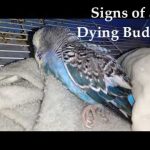Birds
How to Keep Area Around the Bird Cage Clean? The Unusual Hacks
Now that you have kept a Parakeet and developed a close bonding with the bird, now it is time you will need to focus on how to clean your bird’s cage. The cage is always full of bars, cracks and crevices. That is precisely what would make it one of the vast tasks and perhaps something you would find extremely difficult to understand where to start from.
And we face the same dilemma when commencing this informative post. We seem to have plenty of information and can’t see where to start from.
Contents
- 1 How to Keep the Area Around your Bird’s Cage Clean?
- 2 The Best Cleaning Schedule to Keep the Area Around Bird’s Cage Clean
- 3 How Often to Clean the Bird Cage?
- 4 How to Clean a Bird Cage with the Bird in it?
- 5 Where to Put the Bird While Cleaning the Cage?
- 6 Is it Okay to Clean Bird Cage with Vinegar?
- 7 Is the Smell of Vinegar Harmful to Birds?
- 8 Can you Clean a Bird’s Cage with Bleach?
- 9 What to Put on the Bottom of a Bird’s Cage?
- 10 Bird Cage Mess Catcher – A Good Option to Control the Cage Mess
- 11 Concluding Thoughts on Cleaning Birds Cage
How to Keep the Area Around your Bird’s Cage Clean?
Using cleaning agents that come from organic sources, and safe for the parakeets is one of the prime factors. Clean the cage and the surroundings as frequently as you can. You need to follow stringent daily, weekly, and monthly schedules to keep the bird’s cage and surrounding areas cleaner.
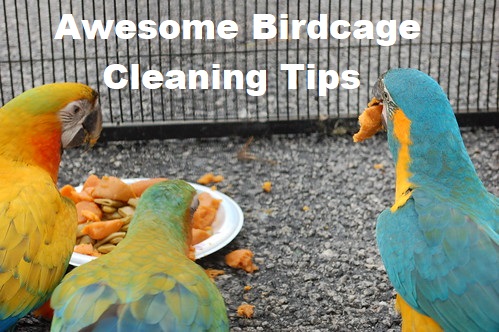
The Best Cleaning Schedule to Keep the Area Around Bird’s Cage Clean
Like we said above, you need to opt for the right daily, weekly and monthly schedules to get the best of your experience in cleaning your bird cage and surrounding areas cleaner.
Follow the stringent cleaning schedule to achieve the best results. Opting for the daily, weekly, and monthly schedule can prove to be easy and help you arrive at the best possible options in achieving the best results.
How Often to Clean the Bird Cage?
Weekly and monthly cleaning can be one of the good schedules for the best experience in cleaning your bird cage. How often you clean a bird cage can be dependent on the type and number of birds you may have and the size of the cage. If the birds stay more inside the cage than being outside, you will need to clean it more often.
If you have smaller birds, monthly cleaning can be one of the best schedules. Most of the cages are good to go with a deep cleaning once a week. In the case of smaller birds, you can decide to go with deep cleaning once every month.
How to Clean a Bird Cage with the Bird in it?
We do not recommend cleaning a bird cage with the bird inside it. If you are using a cage cleaner, it can suffocate the bird. The daily cleaning schedule, which involves replacing the liners, dishes, and toys can best work with the bird inside the cage. For all other cleaning schedules, we would recommend taking the bird outside the cage and then cleaning the cage.
Making the bird feel comfortable is the key to achieve the best cleaning practice ever. If you keep the bird inside when cleaning the cage, you may end up making it stressful for the bird, which may feel frightened. In fact, after cleaning, the cage may smell differently, and that can make the bird anxious. It isn’t obviously a good idea to leave the bird inside the cage when cleaning it.
Where to Put the Bird While Cleaning the Cage?
If you have an additional cage, it would be advisable to shift the bird to another cage when you are cleaning its cage. Buying a smaller makeshift cage can be a good idea. You can even make a makeshift cage from cardboard or similar item. You can even shift it another room for some flying time if the bird is familiar with the surroundings.
If you are opting for some flying time for the bird, it may be advisable to opt for a supervised flying time to avoid accidents. It is not recommended to keep the bird in an unfamiliar environment. It can get frightened and stressed out and thus may injure itself.
Is it Okay to Clean Bird Cage with Vinegar?
Vinegar is one of the best natural cleaning agents for cleaning the birdcage. Using white vinegar or apple cider vinegar is a safe choice. It consists of acetic acid, which is a natural disinfectant. It can be entirely non-toxic when mixed with water. Vinegar can be the readily available and affordable cleaning agent for birdcages.
Apple cider vinegar or white vinegar have been best-recommended options for a better degree of comfortability. Other kinds of vinegar may not be a good choice for disinfectant purposes. Since vinegar is a natural disinfectant, it can kill the harmful bacteria lurking around the cage whether on the perches, toys, and even on dishes.
It is recommended to use the right ratio of vinegar when used as a disinfectant. Too much vinegary smell can be uncomfortable for the bird and can make it feel uncomfortable. The best vinegar to water ratio should be 1:1. You can use this ratio for weekly cleaning. Daily cleaning does not need vinegar as it can lave a lot of residue and taste for a prolonged period of time.
Is the Smell of Vinegar Harmful to Birds?
The residue of vinegar and smell for a prolonged period of time can make the birds feel sick. It may be worthwhile to rinse off the surfaces that have been cleaned with vinegar. Adding equal parts of vinegar and water can help you mask the smell of vinegar. The smell of vinegar should typically go away as soon as it dries off.
Birds ideally do not have a great sense of smell. The smell of vinegar should not bother them much if you are careful enough to use the proper and normal ratio of 1:1 in handling the vinegar as a disinfectant. Even the vinegar residue left behind after disinfecting the cage or the accessories should not matter much and is not harmful to the birds.
Can you Clean a Bird’s Cage with Bleach?
Bleach is absolutely NOT recommended in cleaning the bird’s cage. Chlorine bleach, especially can be quite harmful for the birds. You can wipe the cage to disinfect it with the bleach using it on a cloth or rag, but make sure to rinse off every residue of the bleach. Take care to keep the bird away in another room when using bleach as a disinfectant.
Bleach can have dangerous vapors, and these vapors are likely to cause irritation and toxicosis in birds. In some cases, bleach can even cause death in pet birds. Bleach can cause lightheadedness, dizziness, vomiting, and mucous membrane damage when inhaled. If you need to use bleach for disinfection purposes, never use it directly. Just soak it in the cloth and wipe the parts of the cage. Once cleaned, rinse off every trace of it or use any other disinfectant or cleaner on top of it.
What to Put on the Bottom of a Bird’s Cage?
It is recommended to use the specially made bird tray liner paper for the bottom of the cage. It can be a good option to check the changes in the droppings in addition to being safer. Other best liner options can include Wood shavings, wood pellets, aluminium foil, and waxed paper.
Newspaper and waxed paper can be a few of the best options for the affordable lining. Moreover, these liners can be quite handy in most of the households. Newspaper liners also serve a dual purpose. The bird will love playing with them, and that can be one of the best ways to keep them occupied.
Bird Cage Mess Catcher – A Good Option to Control the Cage Mess
The commercially available bird cage mess catchers can be one of the best options to keep your bird cage cleaner enough. Birds, especially birds like parakeets, can be messy eaters and thus can scatter the seeds and husks everywhere. Some of them may even think of playing with the food and scatter it everywhere around them. Using the right type of mess catcher can prove to be much handy enough.
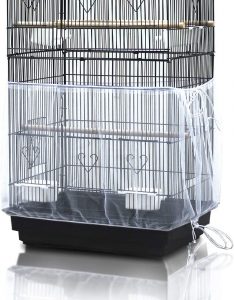
ASOCEA Universal Birdcage Cover Seed Catcher
Check on AmazonMade of nylon mesh, the sees and mesh catcher is both soft and airy. The catcher does not block light, and thus your birds will continue to remain comfortable. The nylon mess seed catcher can help you keep your floor cleaner. The product is machine washable.
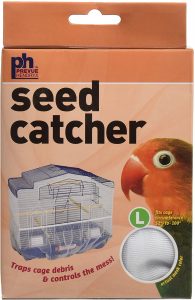
Prevue Pet Products Mesh Bird Seed Catcher
Check on AmazonThe washable nylon mesh fabric makes it one of the excellent option for almost all your needs in getting access to a perfect experience in an enhanced experience. Available in assorted colors, it also comes with the heavy-duty elastic band that holds it tight.
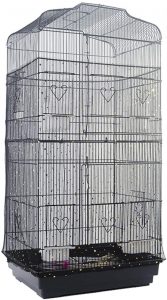
Bonaweite Extra Large Mesh Bird Seed Catcher
Check on AmazonIt can be one of the excellent options for the airy, nylon mesh that provides you access to an enhanced breathable experience. It provides you with very easy access to light and provides you access to a greater degree of air circulation. The unique and elastic design should be something that can prove to be one of the exciting options.
Concluding Thoughts on Cleaning Birds Cage
Maintaining a clean environment can provide the best possible experience ever for your pets. If you can invest enough of time in cleaning your bird cage, it can definitely go a long way in promoting the life of your bird by a few more years. While you would think it would be a difficult task to clean a bird’s cage, it isn’t such a challenging task if you are into it on a daily basis.
Do follow the tips shared above and we assure you that you will indeed begin loving it. As long as your cage is tidy, fresh and free from germs, your bird will indeed thank you for providing her with such a great, spic and shiny home. Make sure you keep your pet happy and she will be happy with your company!

-
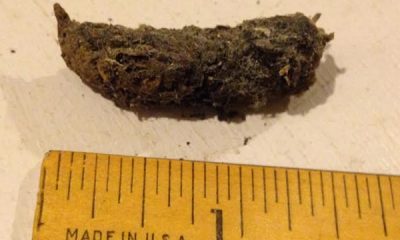
 Skunk4 years ago
Skunk4 years agoWhat Does Skunk Poop Look Like? Images & Identifications
-
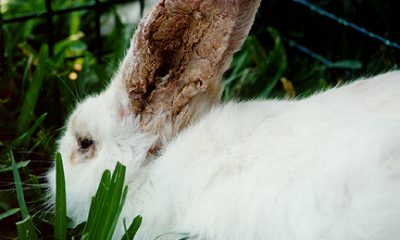
 Bunny4 years ago
Bunny4 years agoHow to Get Rid of Mites on Rabbits? #NaturalRemedies #Video
-
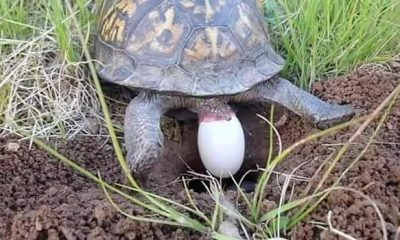
 Turtles4 years ago
Turtles4 years agoHow To Take Care of Turtle Egg At Home?
-

 Horse4 years ago
Horse4 years agoHow Much Weight Can a Horse Carry? #Clydesdale #Friesian #Mustang #Draft
-

 Turtles4 years ago
Turtles4 years agoHow to Take Care of Snapping Turtle Eggs? #Incubating #Hatching
-
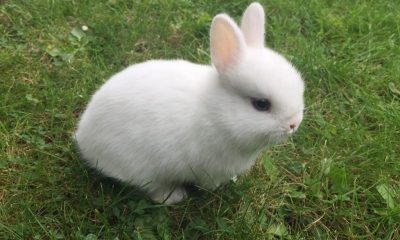
 Bunny4 years ago
Bunny4 years agoHow Big Do Dwarf Bunnies Get? – Amazing Facts #Images
-
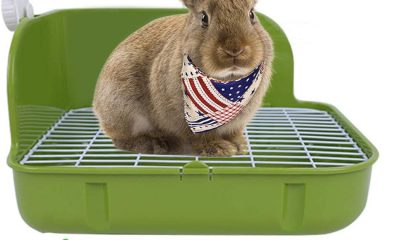
 Bunny4 years ago
Bunny4 years agoHow to Potty Train a Rabbit in House? Tips on Litter Training
-
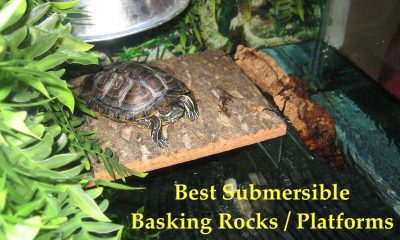
 Turtles4 years ago
Turtles4 years ago8 Basking Rocks/ Platforms for Turtles – A Perfect Guide

